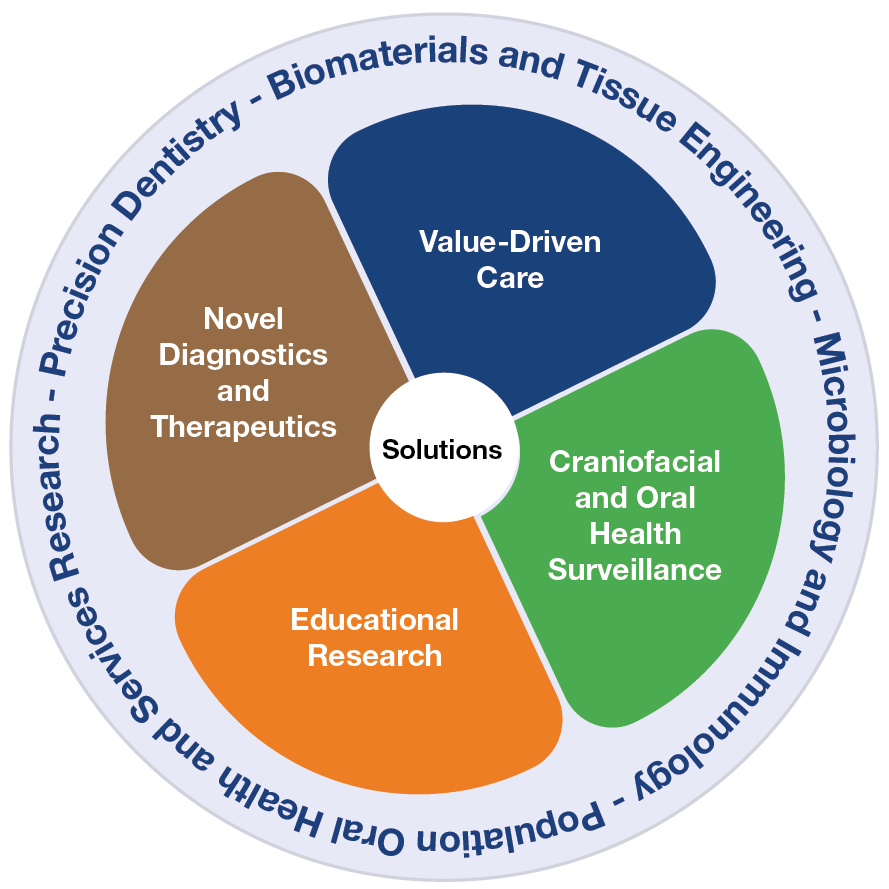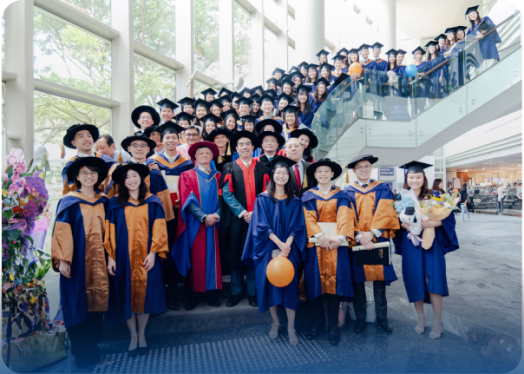- Home
- About
- Education
- Discover Education
- Undergraduate
- Prospective Students
- Student Life
- Undergraduate Overseas Elective Programme (Inbound)
- Graduate Studies
- Graduate Studies and MDS Specialist Committees
- Prospective Graduate Students
- Clinical Attachment Programme
- MDS Residency Programmes
- Endodontics
- Oral & Maxillofacial Surgery
- Orthodontics
- Paediatric Dentistry
- Periodontology
- Prosthodontics
- Graduate Diploma Courses
- Dental Implantology
- Geriatric Dentistry
- Graduate Degree (Research)
- Master of Science (MSc)
- Doctor of Philosophy (PhD)
- Lifelong Learning (CADE)
- Student Support
- Scholarships & Financial Aid
- Student Achievements
- Research
- Research Thrusts
- Graduate Degree (Research)
- Master of Science (MSc)
- Doctor of Philosophy (PhD)
- Research Groups
- Biomaterials and Tissue Engineering
- Microbiology and Immunology
- Population Oral Health and Services Research
- Precision Dentistry
- Oral Care, Health Innovations and Designs Singapore (ORCHIDS)
- Resources
- Biostatistics
- Clinical Research Unit
- Research Administration
- Research Laboratory
- Achievements
- Clinical Services
- Giving
- Alumni
- News
- Events
- Press
- Contact Us
News

We are proud to announce the recent publication of a scientific paper from a research team led by Associate Professor Kelvin Foong. He serves as Director of the Orthodontics Residency Programme and Discipline Director of Orthodontics and Paediatric Dentistry at NUS Dentistry. The team includes Orthodontics Residency Programme alumnus Dr Chloe Chan, who is the paper’s lead author. They collaborated with Associate Professors Leow Wee Kheng and Alan Cheng from the Department of Computer Science, NUS Computing.
Titled “The geometric relationship between root length and root surface area determined from digital tooth models”, their paper was published in Computers in Biology and Medicine, which is a top-tier Q1 journal with a 2024 SCImago Journal Rank score of 1.447, H-index of 142, and an impact factor of 7.0. The paper investigates how root length relates to root surface area in permanent maxillary and mandibular teeth, with a goal to understanding how root shortening, such as that caused by external apical root resorption, affects the remaining root surface area. The team used commercial 3D models of human teeth and a custom Python algorithm was developed to compute the root surface areas.
The team’s study explains the potential impact of a common side effect of braces treatment – root resorption, where the tip of a tooth’s root gets worn away. It suggests that dentists should not only assess how much root length is lost but also examine the cross-sectional area at the remaining root length.
For dentists, the lesson here is that root length loss does not result in an equivalent loss of root surface area. The root’s cross-sectional area, a function of the width of the root, is an important consideration for understanding the impact of the remaining root surface area on the long-term stability of the tooth. Data from this research provide dentists with useful anatomic information to make clinical decisions to care for teeth affected by root length reduction.
For patients, the key takeaway is this: maintaining good gum health is essential. Healthy gums help preserve root support, even if some root length is lost during treatment. This simple, preventative step can make a meaningful difference in long-term tooth stability.
The circumferential root surface area and the cross-sectional area of the root, not just root length, are crucial considerations when assessing the clinical impact from root length reduction.
A/P Kelvin Foong
Full research paper here.
Our heartiest congratulations to A/P Foong and team on this very substantial achievement!













